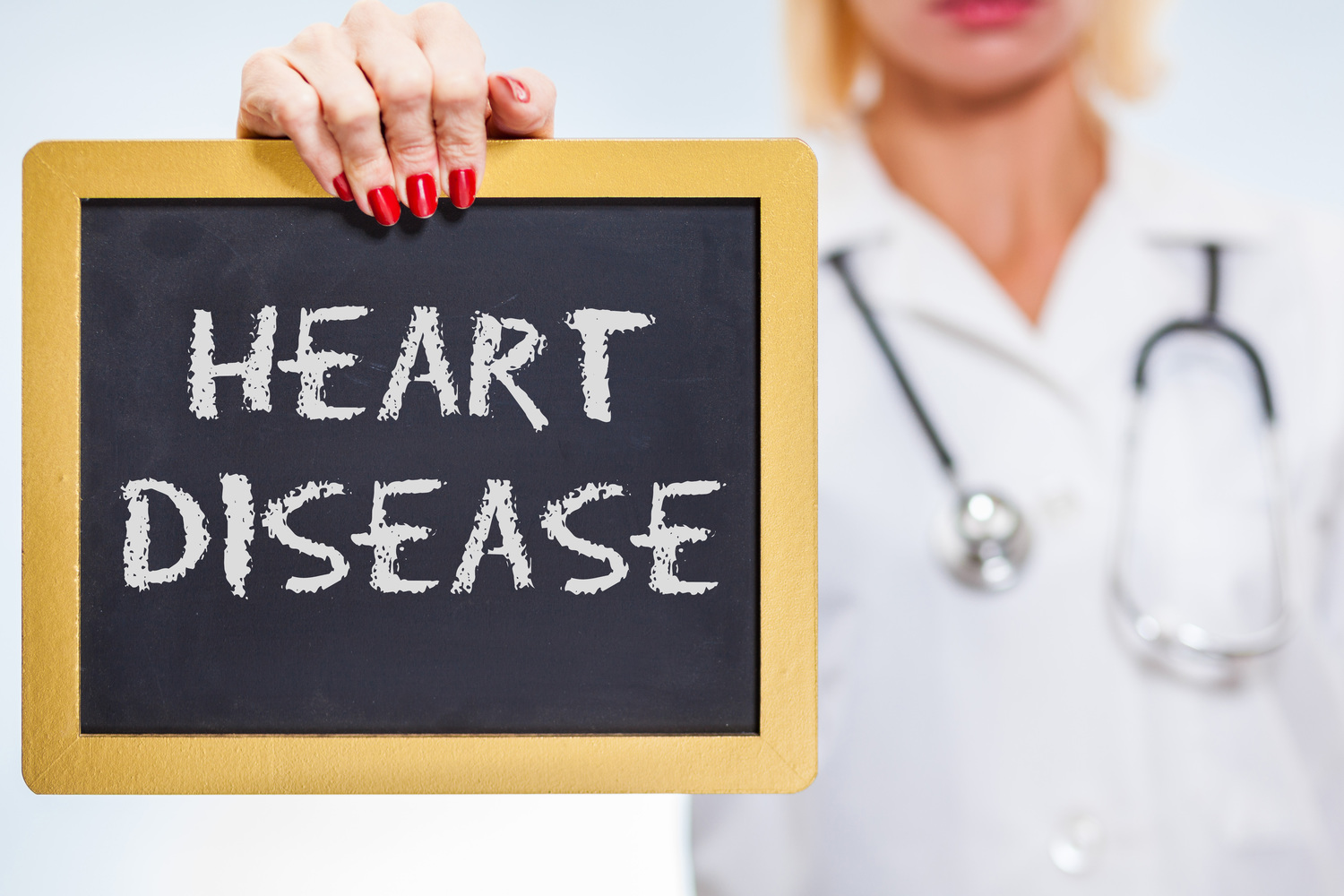
Different Types of Heart Disease and Associated Symptoms
With so many different types of heart disease that come with their own array of symptoms, it can sometimes be complicated to identify which is which. Aortic stenosis, for instance—a disease that can cause severe aortic calcification—is one of many heart diseases. Additionally, Afib symptoms involve a heart rate that is fast and irregular, along with a bunch of other symptoms. Just like there are plenty of different heart diseases, there are also plenty of ways to monitor and treat hearts such as an Edwards transcatheter aortic and valve implantation, stenosis aortic valve replacement, and a Medtronic MyCareLink heart monitor. Likewise, the purchase of a Philips Aed Fr2 may also be beneficial. Research can also be completed regarding the best Ecg Monitor Fxd Curve to detect issues such as Ecg atrial fibrillation and a pacemaker can be acquired as a next step if necessary. However, it’s important to know about the different types of heart disease and symptoms that are associated with them before any of these treatments and helpful tools can be used. Read on to learn more:
1. Heart failure
Heart failure may result once damage has been done to the heart or weakness has occurred—for instance, high blood pressure and a heart attack are two of the most common causes. Heart failure can be understood simply as the heart’s failure to pump blood effectively in accordance with the rest of the body’s need for oxygen and blood. This can result in a variety of symptoms including wheezing, shortness of breath, irregular heartbeat, and so on. Symptoms can be managed through lifestyle changes and medication despite there being no cure. Additionally, an early diagnosis can help people live longer and be healthier in the long run.
2. Arrhythmia
It’s known as arrhythmia when the heart beats too slowly, too quickly, or all over the place. Typically, hearts beat anywhere from 60 to 80 times per minute. However, individuals with arrhythmia may have a slow heartbeat of less than 60 beats per minute (also known as bradycardia) or a fast heartbeat of more than 100 beats per minute (also known as tachycardia. Having uncoordinated contractions, however, is called fibrillation. While some hearts beat fast and others beat slow, when someone is diagnosed with a type of arrhythmia, it means that their heartbeat is abnormal for them personally but may not be abnormal for somebody else. Some types of arrhythmia come with no symptoms, such as Wolff-Parkinson-White syndrome, while others are sudden and can be fatal, such as ventricular fibrillation.
3. Coronary artery disease
Coronary artery disease—the most common kind of heart disease—is caused when the heart’s blood vessels become blocked or too narrow and therefore cannot supply enough blood to the heart. As a result, chest pain (angina) as well as heart attacks may occur, as coronary artery disease is the most common culprit behind the latter.
4. Valve disease
Issues involving the valves that open and close in order to manage the heart’s blood flow can heighten the heart’s workload and put a strain on the muscle as a result. This is an issue with the heart’s structure and is known as valve disease, which can either be congenital (present at birth) or caused afterward by infection or likewise factors. It can result in a variety of symptoms such as fatigue, ankle swelling, angina, palpitations, fainting, dizziness, and shortness of breath.


